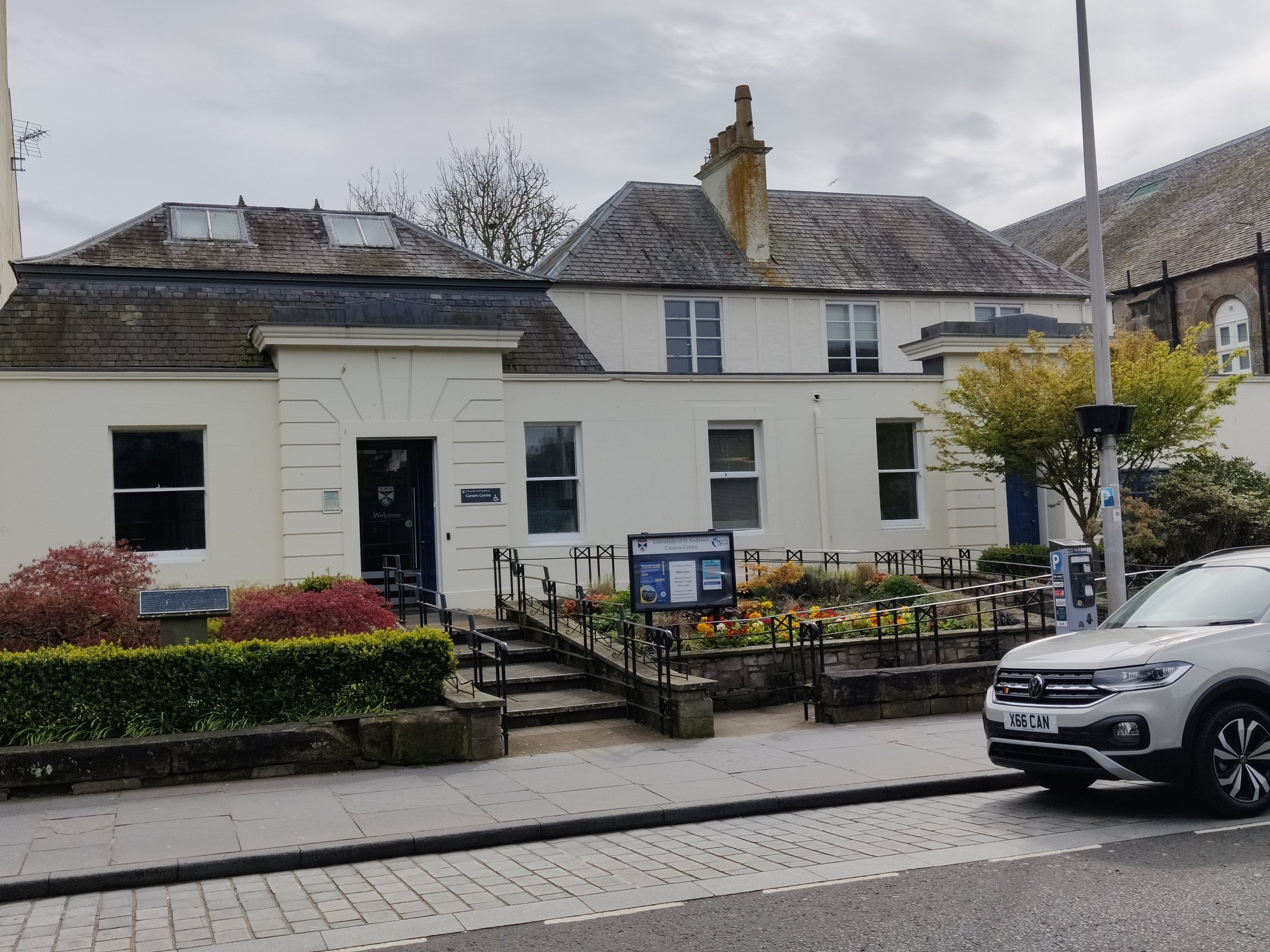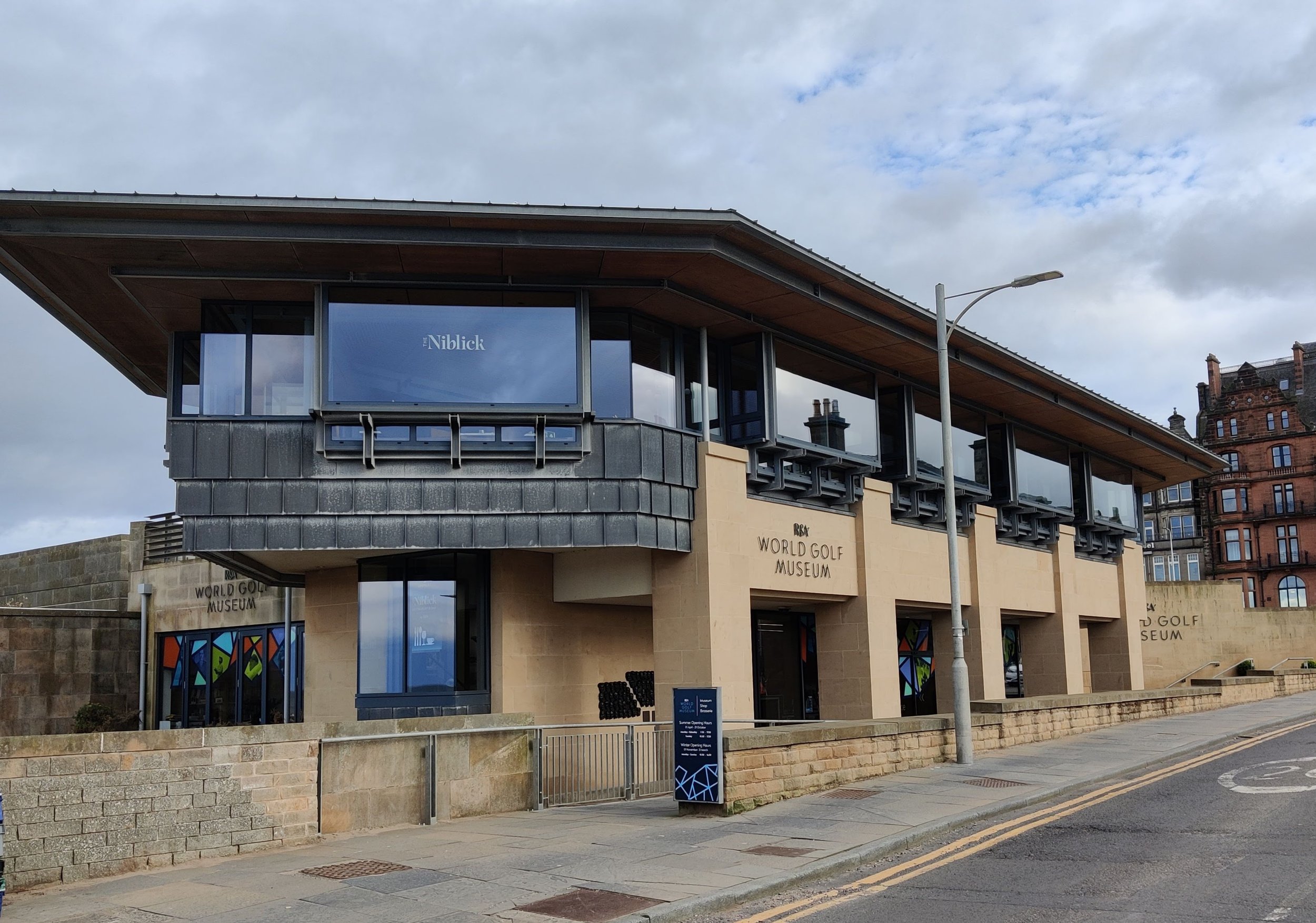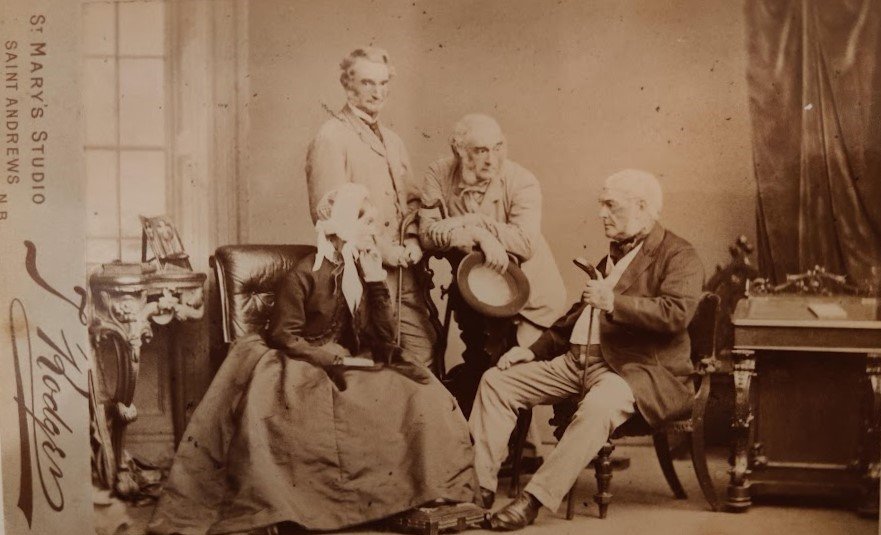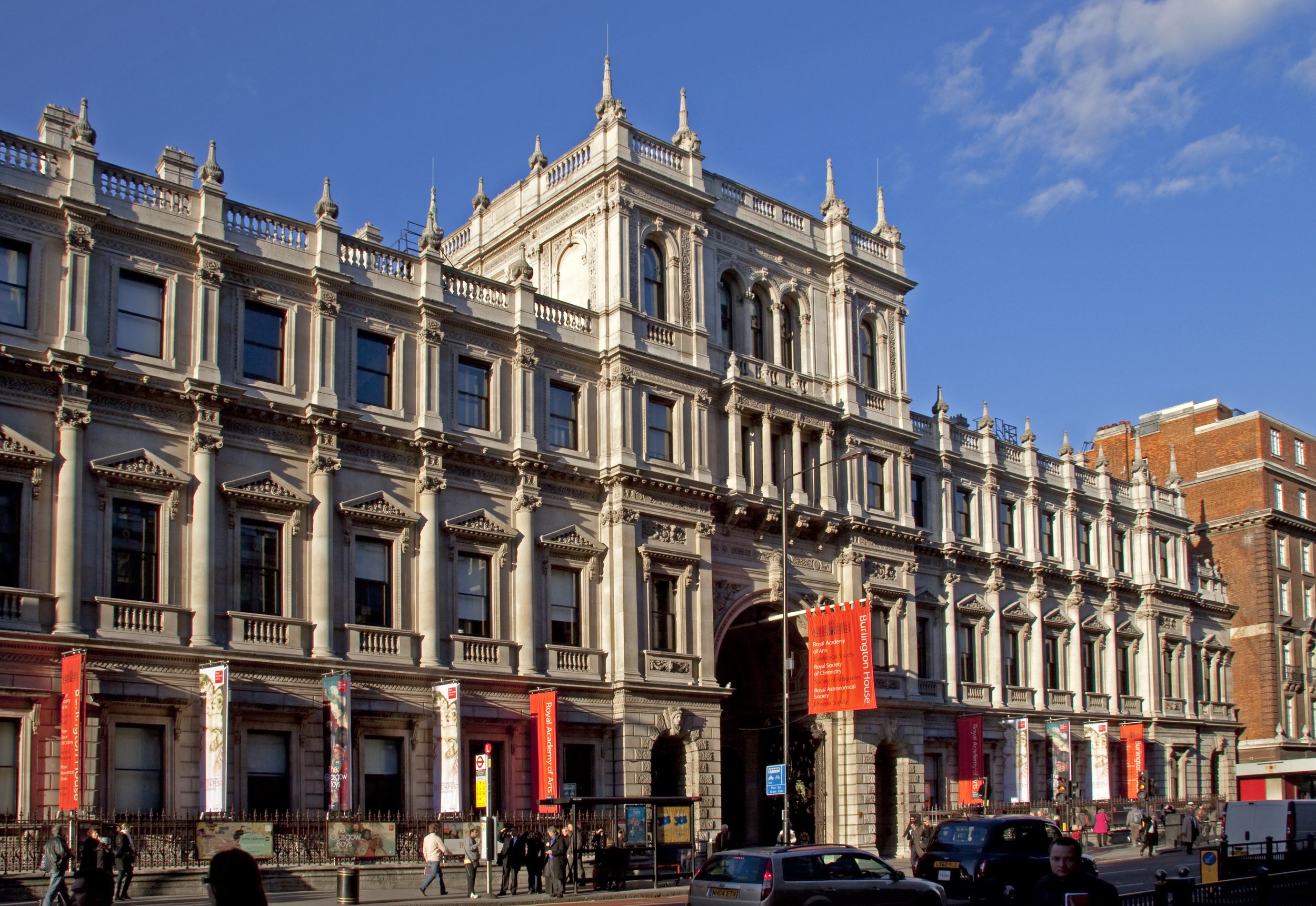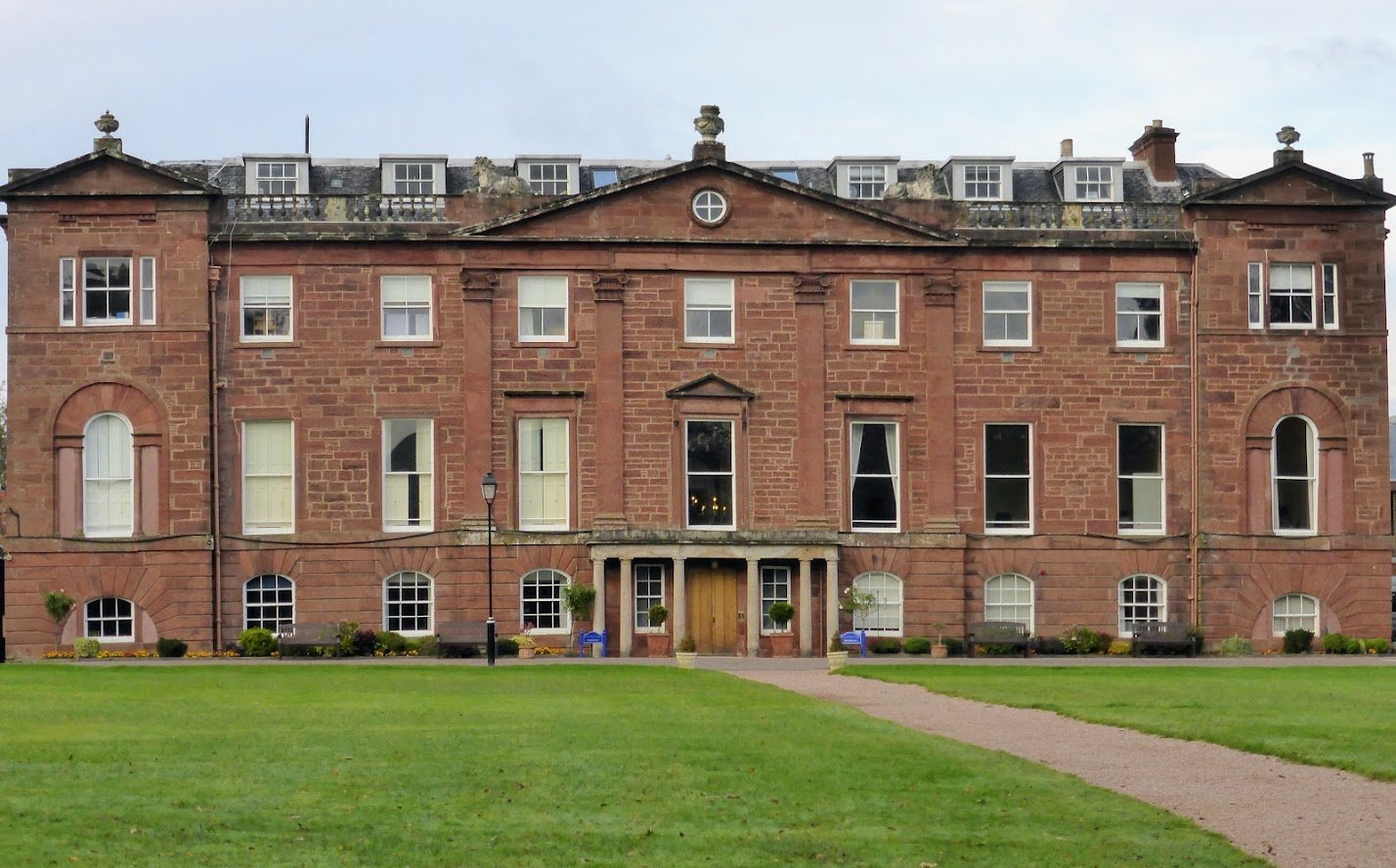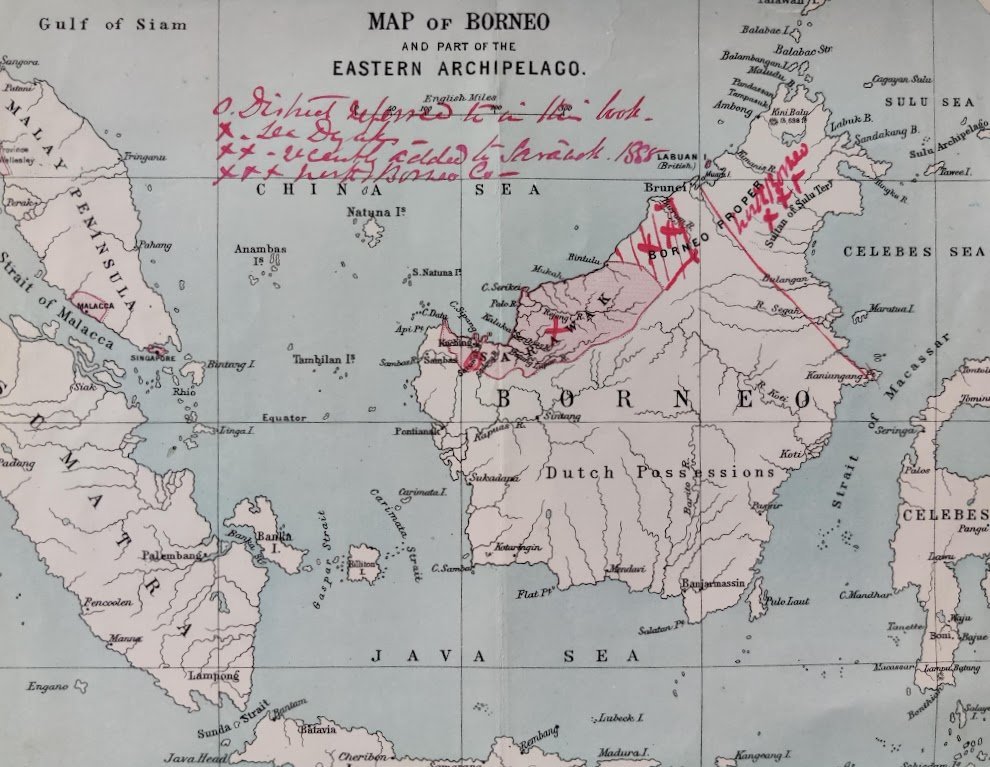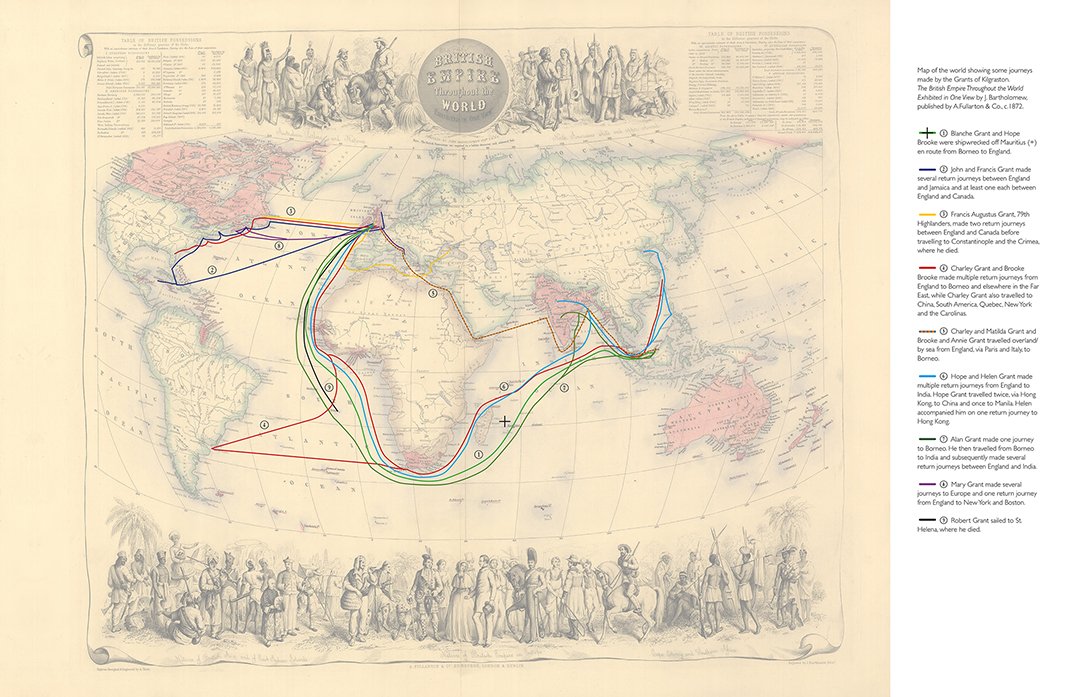
SUGAR, SLAVES
HIGH SOCIETY
AND
The Grants of Kilgraston 1750 – 1860
by R.P.J. BLAKE
Sugar, Slaves and High Society
the new book from R.P.J. Blake
This is, above all, a book about the history of a Scottish family – The Grants of Kilgraston, but it is also a story of opportunism, wealth, good fortune and tragedies set against the background of slavery in Jamaica.
-
"Richard pulls no punches about the Grants of Kilgraston's involvement in the African Slave Trade..."
Dr. Steve Goodall, Director of Grantown Museum
-
"This book does a great service to history, and is a gift to posterity. Read it!"
Jason Brooke, F.R.A.S.
-
"Very interesting and well researched family history of the Grants of Kilgraston."
Kilgraston School
Making use of a previously unpublished archive and other sources Sugar, Slaves and High Society follows three generations of an upwardly mobile Scottish family and describes how fortunes were made, wealth was squandered, lives were lost at home and abroad, and two brothers became knights of the realm.

The story moves from a desolate glen in Speyside to Halifax, the newly established garrison town in Nova Scotia, and then to Jamaica where slaves worked in terrible conditions to produce the sugar which was required in ever increasing quantities in Great Britain and elsewhere. Kilgraston estate, near Perth, was purchased and the house rebuilt with funds repatriated from Jamaica.

Discover more about The Grants of Kilgraston
Having recently been alerted to an upcoming exhibition and sale of some of Sir Francis Grant’s sketches at Dickinson Gallery, 58 Jermyn Street, London SW1Y 6LX…
Here we are one year after the school closed and there does not seem to be any certainty about Kilgraston House’s future.
Following the closure of the school for the last time in August I visited Kilgraston a few weeks ago to uplift one sculpture which has been on loan for many years. Other paintings and sculptures had been previously returned.
The invitation by the Tumbling Lassie Committee to speak on 9th May prompted me to delve deeper into the Chief Justice’s career in the law.
The image used on the book cover is of a photograph by Thomas Rodger of Catherine, John, Hope and Francis Grant and, of course, the three golf clubs show the golfing connection.
It was a great experience to give a lecture on the Three Golfing Brothers at the R&A World Museum of Golf recently. Apart from leading me into some fascinating preparatory research there is always something special about being at the “Home of Golf” among historians of the game.
The Thomas Rodger photograph which I selected for the front cover of my book has taken me down an unexpected avenue…
It had never occurred to me that the book would have sparked an interest among writers about early golf in Scotland.
I had a very interesting meeting with one of the RA’s curators and researchers…
The eldest daughter of John Grant of Kilgraston, Mary had a home-based education with governesses, bible study, art, needlework and horse-riding.
In the 19th century, Kilgraston House was known by the family as “the pink house”. From around 1800 until 1870 it was a busy home to Francis and John Grant and their respective families. It was a second home to the wider family and the door was always open to receive visitors, who enjoyed the congenial hospitality.
Francis Grant was the fifth child of Francis and Ann Grant of Kilgraston. Born in 1803, he did not complete his Law degree at Edinburgh University and, instead, resolved to become an artist.
Sarawak is a country in the Island of Borneo. In 1842 the Sultan of Brunei ceded sovereignty of Sarawak to James Brooke in gratitude for his assistance in crushing a rebellion.
It was not only in the Caribbean that slaves were used within the economy. It was, for example, particularly common in the Ottoman Empire, where it was lawful, and a significant part of, the Empire’s economy and traditional society.
During the Indian Rebellion Hope Grant was present at the Relief of Lucknow.
Kilgraston became well known for its horse stud and the third Laird kept an unique Stud Book with paintings or sketches, and descriptions, of all the horses.
With the expansion of the British Empire and the rapid improvements in travel by carriage, rail and ship in the nineteenth century, the men and women of the family Grant visited numerous countries.
Like many previous generations of his family, Patrick Grant owned the lands of Glenlochy in Speyside.
Nova Scotia was the easternmost outpost of the North American colony in 1750 and, for strategic reasons, was chosen as the site for a new town which would be settled by Edward Cornwallis.
It did not take long for John and Francis Grant to build up a strong network of clients and business contacts in Jamaica.
A very high tide met rapid snow melt one Saturday in January 1993. The Tay spectacularly burst its banks and flooded the whole of central Perth.
R.P.J. Blake’s latest news & events
At last, we know that Kilgraston has a new owner. As reported in the press (The Courier) it has been purchased for £1,730,000 by Lumara Capital Ltd.
Four talks have been confirmed so far for 2025/26 (with others under discussion) and I plan to tailor each talk to the venue and audience
One highlight of last winter’s round of talks was an invitation to give a lecture at Glenalmond College in Perthshire to the William Bright Society.
Invitations are coming in for further talks about various aspects of the book. While it can be a challenge to prepare a different talk for a specific audience this does allow me to take a fresh look at the book’s content.
The Tumbling Lassie Committee event in the Advocates’ Library
Back on the road in 2024. A very successful talk for the members of Horncliffe Arts Society in January will be followed by several more over the next two months.
After a very successful series of talks, given at some lovely and well-filled venues, I now have a break until January…
An enjoyable experience being interviewed for The Church Times…
The Scottish Local History Forum has published a lengthy review of the book in their most recent Autumn 2023 (Issue 116) journal.
It was an experience being interviewed by Mariella Frostrup live on Times Radio in late July…
Professor John Cairns of the Edinburgh Law School has blogged about the Grants.
I am delighted to be supporting the work of The Tumbling Lassie Committee.
A long story about the book features on the BBC Scotland website today (07.07.23).
Feature on Sugar, Slaves and High Society published in The Scotsman on 13 June 2023.
A two page feature by Michael Alexander in the Courier gives a good summary of the book.
The summer 2023 issue of East Lothian Life has a great review of Sugar, Slaves and High Society.
It was a complete surprise to hear that Kilgraston will close its doors for the last time in June 2023.
Good to see that Times Radio is interested! Live interview about Sugar, Slaves and High Society will be broadcast on 27 July.



